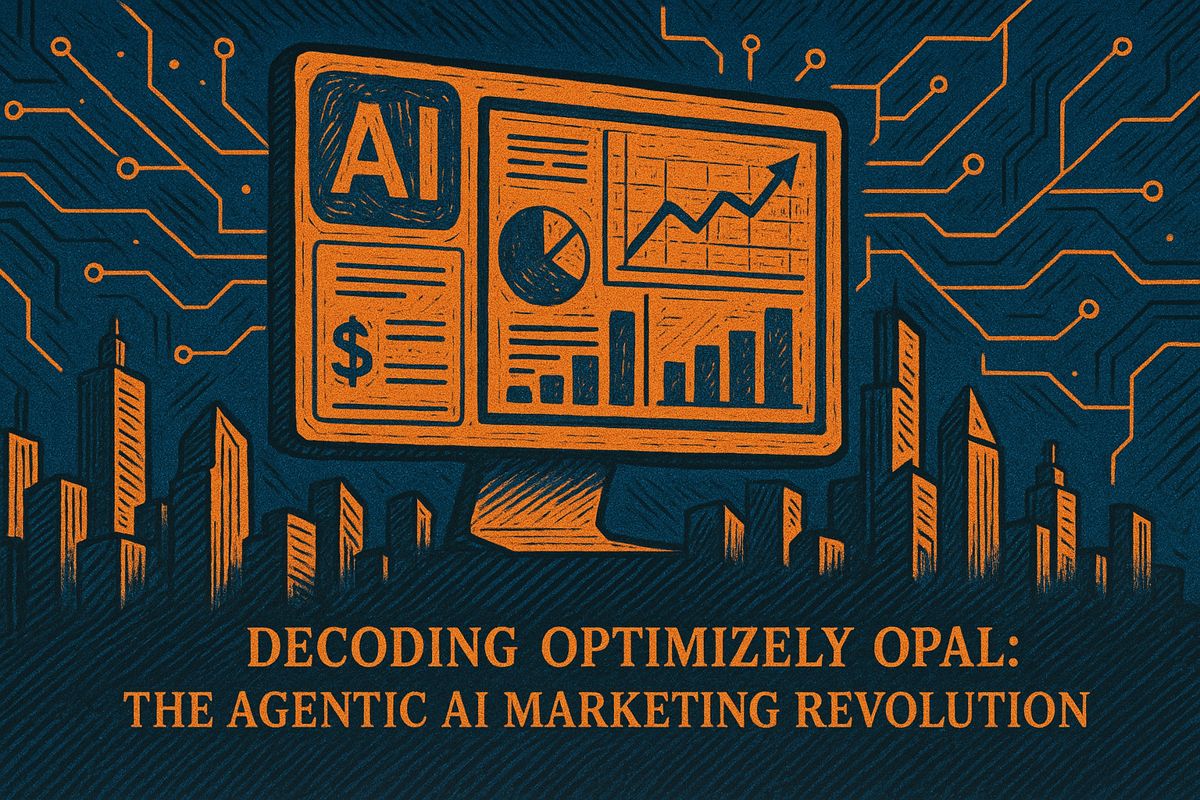The release of LangChain and LangGraph 1.0 delivers a powerful, unified framework for building, debugging, and scaling production-ready AI agents. This landmark update introduces a streamlined core, enhanced observability, and durable workflows, moving beyond rapid prototyping to support enterprise-grade agentic systems.
This release signals a significant shift towards “Agent Engineering” – the discipline of creating and maintaining stateful, multi-step AI systems designed for reliability and control.
What changed under the hood
This update refactors LangChain into a streamlined core, moving legacy code to an optional package. It adds create_agent templates and standardized content blocks for model-agnostic development. LangGraph is now the default runtime, providing durable, observable, and stateful execution for all production-grade agentic workflows.
LangChain 1.0 officially replaces its legacy agent loop with the create_agent template, which integrates seamlessly with the LangGraph runtime. New middleware hooks allow teams to inject critical steps like policy checks, human reviews, or PII redaction anywhere in the process. According to the official LangChain blog, early adopters report significantly faster asynchronous execution and cleaner API interfaces.
Performance improvements are driven by a leaner core package, as unused abstractions have been moved to langchain-classic. This reduces import times and orchestration overhead. Furthermore, new standardized content blocks capture citations, tool calls, and reasoning traces in a provider-agnostic format, simplifying model swaps and cross-vendor testing.
Production features powered by LangGraph
With LangGraph as the default runtime, agents gain crucial production features like durability and fault tolerance. Workflows can now persist state, resume after restarts, and execute complex branching or looping logic. As noted in a Sequoia Capital analysis, major companies like Uber and Klarna already leverage this graph model for live systems handling compliance, onboarding, and fraud detection.
A standout feature is the native support for human-in-the-loop (HITL) patterns. Developers can now easily configure an agent to pause, present intermediate results to a human for review, and resume based on that feedback. This capability directly addresses a major reliability gap in automated tasks requiring expert oversight.
Early benchmarks and field reports
Independent benchmarks show significant performance gains, with latency dropping by up to 25 percent on complex, asynchronous tool chains after migrating to 1.0. Memory usage is also lower, as the runtime intelligently prunes inactive graph nodes. Community feedback indicates that most development teams can complete the migration in less than a day.
An internal playbook from Uber highlights a typical process for hardening new agents before deployment:
- Inject middleware for rate-limit handling and redaction.
- Enable LangSmith traces on staging for 48 hours.
- Configure LangGraph persistence to a managed Postgres store.
- Run regression suites with legacy transcripts via
langchain-classic.
Why it matters for Agent Engineering
The unified LangChain and LangGraph stack advances Agent Engineering from a concept to a practical discipline. LangChain serves as an accessible entry point for structured agent design, while LangGraph provides the production-grade power. This combination enables engineers to define graphs, attach tools, log reasoning, and measure outcomes systematically using LangSmith.
Real-world impact is already evident. LinkedIn’s moderation team reports higher alert precision by using content blocks that expose tool metadata, simplifying trace analysis. Similarly, financial firms building retrieval-augmented generation pipelines benefit from the standardized format, which streamlines citation compliance.
For teams not ready to migrate, legacy V0 APIs remain accessible by pinning the langchain-classic package. For all others, the 1.0 release offers a cleaner architecture, superior debugging capabilities, and a scalable foundation for increasingly complex agentic workloads.
What exactly is new in LangChain / LangGraph 1.0 for production teams?
The 1.0 release is a foundational rewrite separating the framework into two focused layers:
- LangChain 1.0 ships a streamlined core (
create_agenttemplate, middleware hooks, provider-agnostic content blocks) and moves every legacy helper to an optionallangchain-classicpackage. - LangGraph 1.0 becomes the official runtime: durable state, built-in persistence, and human-in-the-loop checkpoints are now first-class citizens instead of community plug-ins.
Early adopters report 20-40 % faster cold-start times and ~30 % less memory for multi-turn agent sessions because the graph engine only loads the state that is actually referenced.
How do the new “standard content blocks” help across different LLM vendors?
Standard content blocks eliminate the need to write separate parsers for outputs from different LLM providers like OpenAI, Anthropic, or Gemini. You now receive a single, normalized format for all tool calls, citations, and reasoning traces. That means one set of tests, one logging schema, and zero vendor lock-in when you swap or combine models. Uber’s support agent fleet, for example, switched from GPT-4 to Claude 3.5 mid-flight without touching orchestration code.
Can we retrofit existing LangChain pipelines without a full rewrite?
Yes, migration can be done incrementally. The new version maintains byte-compatible imports for most common use cases, with only deprecated components like the “agent executor” requiring minor edits. To defer the full migration, you can pip install langchain-classic and pin your current code, allowing you to update systems piecemeal. LinkedIn ran this hybrid mode for three weeks and moved 150 graphs to LangGraph with zero downtime.
What does “human-in-the-loop” look like in practice?
LangGraph natively supports interrupt, review, and resume nodes. A typical customer-support flow now:
- Collects user data
- Pauses and surfaces a summary + proposed API calls to a human operator
- Resumes only after approval or correction
Klarna states this pattern cut false chargebacks by 18 % in Q1 2025 because agents no longer fire irreversible refunds blindly.
Where is the field of “Agent Engineering” headed next?
Hiring data reveals explosive growth, with “agent engineer” job posts up 7× YoY. A recent Sequoia marketplace report tags it as the fastest-growing AI job category of 2025. Expect three near-term themes:
- Evaluation-first tooling – off-the-shelf regression tests for multi-step traces (LangSmith is adding agent scorecards next quarter)
- Visual debugging – the new LangGraph Studio ships a clickable graph view that replays any failed step with full context
- Regulatory templates – middleware kits for audit logs, PII redaction, and explainability aimed at finance and healthcare adopters



















